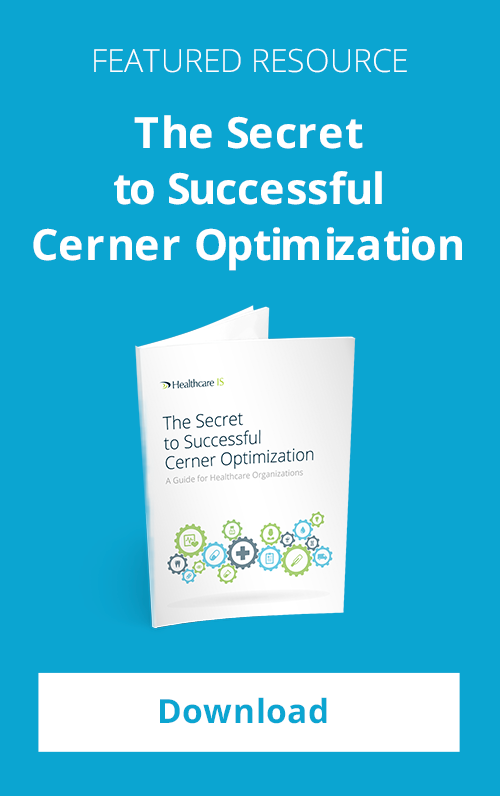When Cerner purchased Siemens Health Services, many of the questions that arose from the acquisition were related to how the two companies’ products would be integrated or converted in relation to one another.
Many healthcare organizations have already made, or are in the process of making, the conversion from Soarian to Millennium. However, in the pharmacy space, there are a number of factors that healthcare organizations should be aware of when making the conversion. Here is a look into five unique factors that pharmacies should consider when undertaking a conversion from Soarian to Millennium.
1. Integration
Converting and bringing these products together is no small task, and it’s key to have the team and planning in place to be able to handle the conversion. Also of note is the structure of the solution. The main pharmacy application, PharmNet, is a separate application, but as the solution evolves, more elements of PharmNet are being incorporated into Cerner’s PowerChart application.
[Whitepaper: Pharmacist’s Perspective: Examining CPOE Future Challenges and Current Benefits]
One other thing to note is that Cerner is rolling out pharmacy patient monitoring. Currently only new customers are able to use this application, which allows organization of patients and orders that need pharmacist verification. This app allows pharmacists to keep orders organized while jumping back and forth between the Monitor and PharmNet with one login.
2. Clinical Work Lists
Additionally, Cerner provides pharmacists with clinical work lists for everyday clinical activities, instead of working off day old reports. Because of all the integration, the number of possible options is massive.
Cerner provides a list of patients and designates any number of possible alerts, from indentifying who needs an intravenous to oral conversion (IVPO), to who needs vancomycin monitoring, to who needs medications adjusted for renal failure, and so on. The options for real-time monitoring are nearly endless, providing the pharmacist with the opportunity to keep all patients on the right medications at the appropriate doses.
3. Auto Product Selection
Under the Siemens solution, a medical order would automatically associate with a specific pharmacy item (Siemens Pharmacy Drug Code (e.g. 1234) matches the Soarian Drug Abbreviation (e.g. (P_1234)). Under the Cerner solution, the system uses logic to assess the best pharmacy item, not just the first possible item. This system provides a more holistic approach to providing care, offering pharmacists and patients the best opportunity to find positive outcomes. For the pharmacist, this also provides the opportunity to avoid having to move to a second or third choice item.
4. Drug Databank
Cerner’s solution also integrates Multum, the drug information suite that provides reference materials. This seamlessly provides important information, such as checking for drug-drug interactions as well as new drugs and usage changes.
This material, while provided as a component of a set solution, is also customizable, which can help pharmacists use the information in a way that best suits their patients. For instance, a pharmacist can move drug-interaction information that comes up more frequently into a space that shows more easily. This helps the pharmacist and the patient.
Along with the Multum data, there also is the UCern account that all customers should take advantage of. This online account provides a lot of information to pharmacists and support professionals regarding the solutions, including a listserv community and educational materials.
Making the conversion to Cerner can be daunting, but the benefits of doing so are clear for pharmacists and for patients alike. With the proper preparation, planning, and personnel assets in place, it’s possible to make the transition smoothly and relatively seamlessly.
Understand the basics of Cerner implementation by reading our guide — Five Things to Know About a Cerner Implementation.



Comments